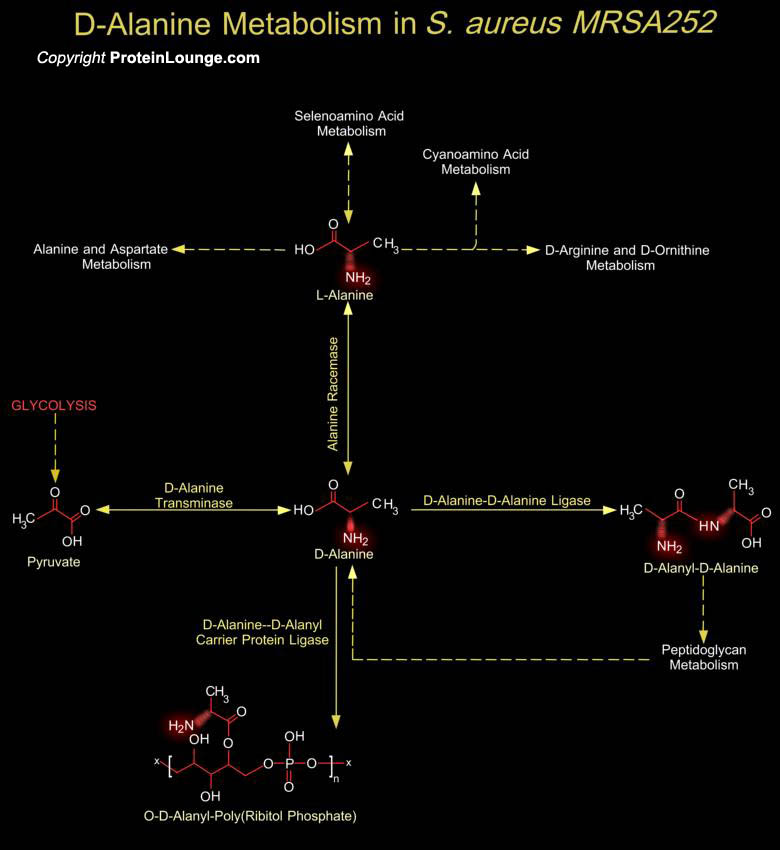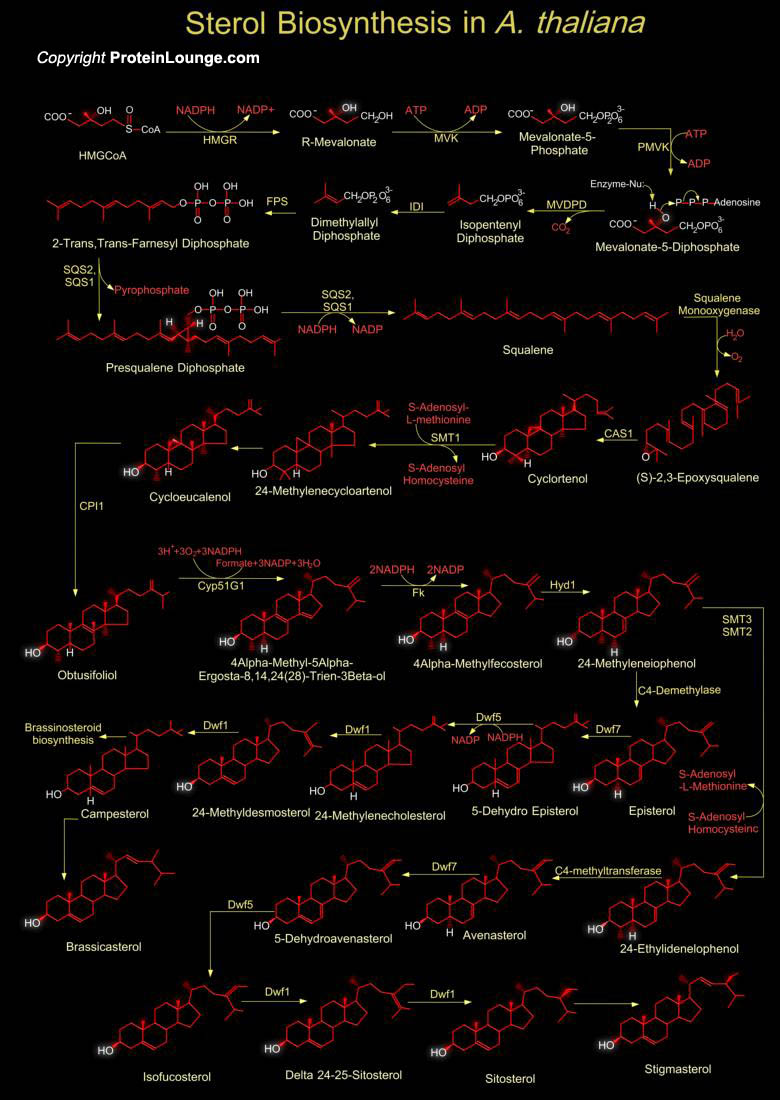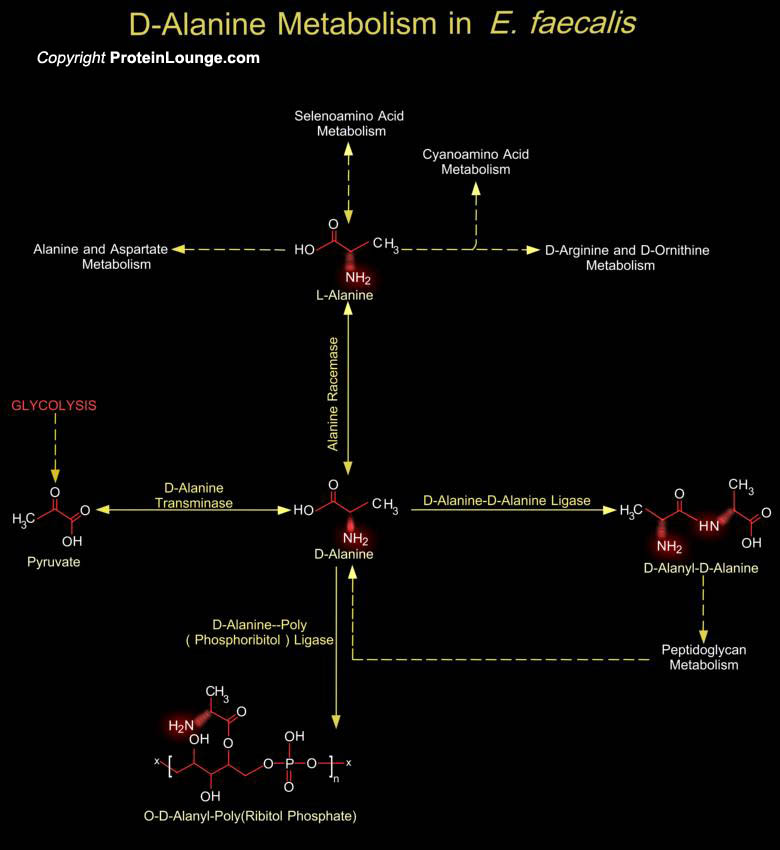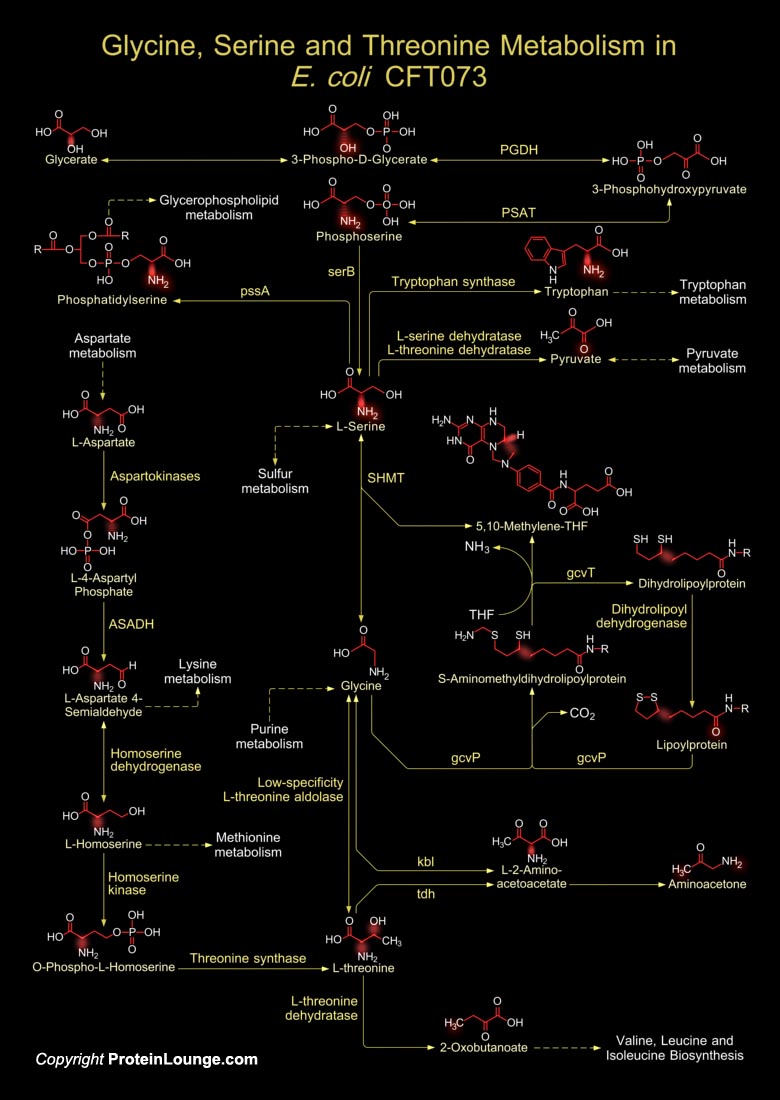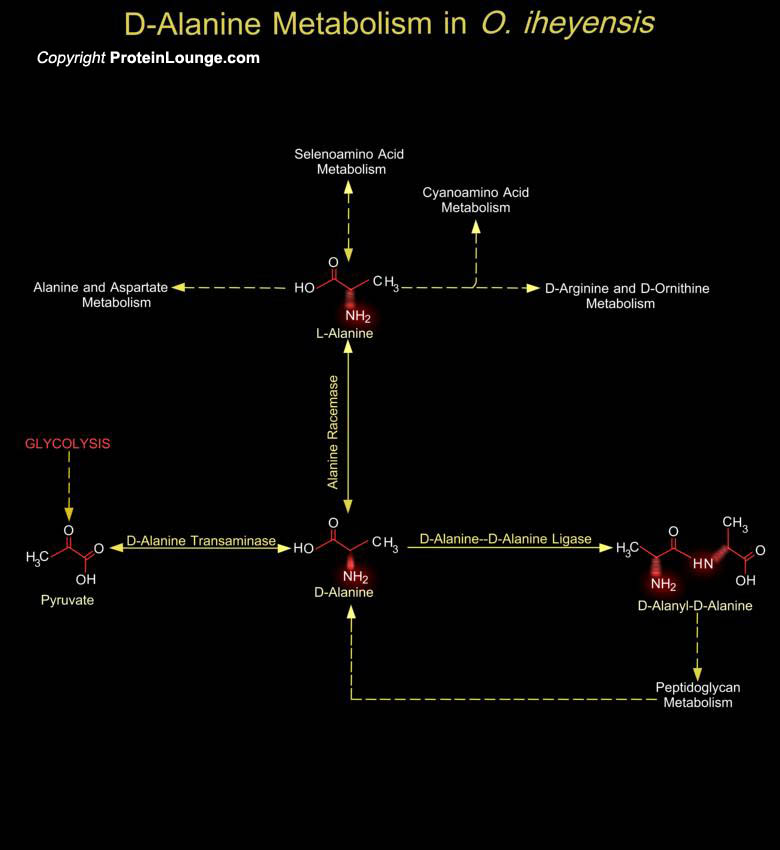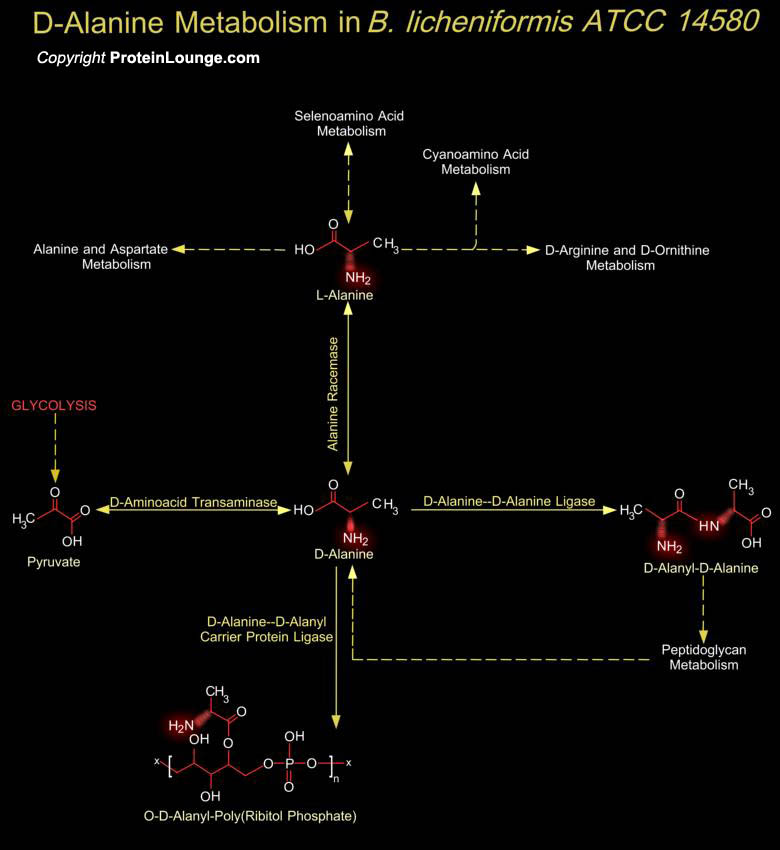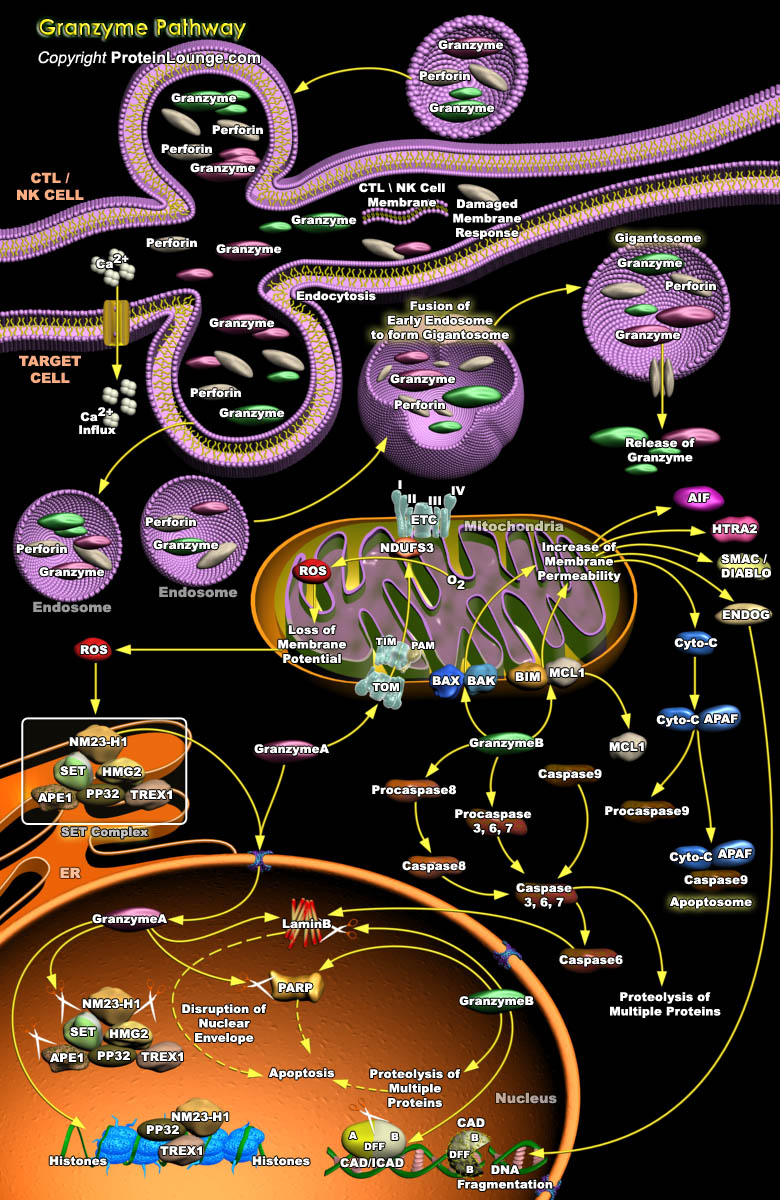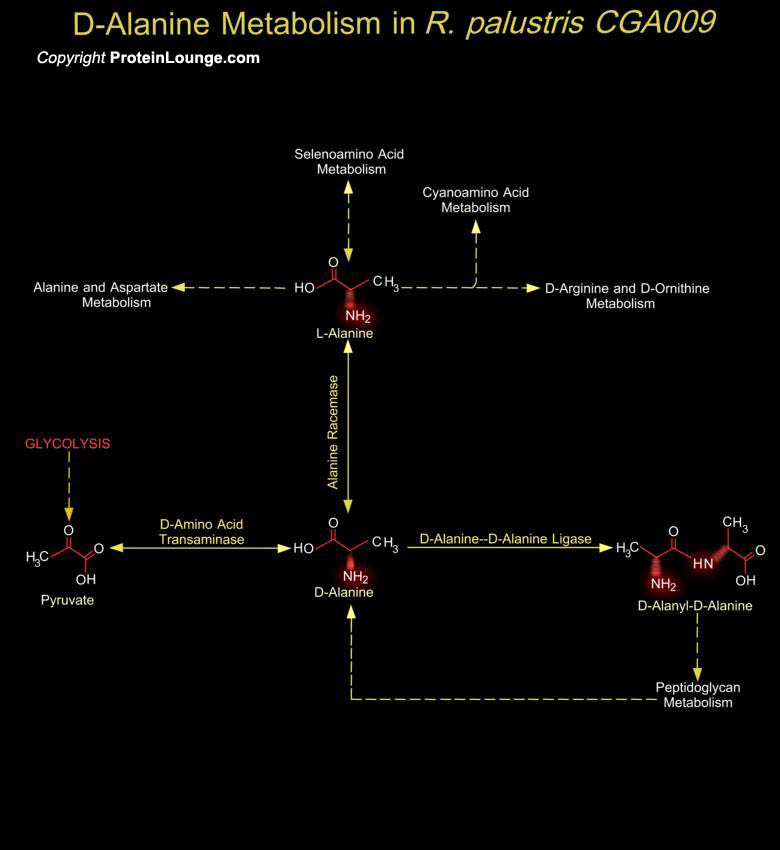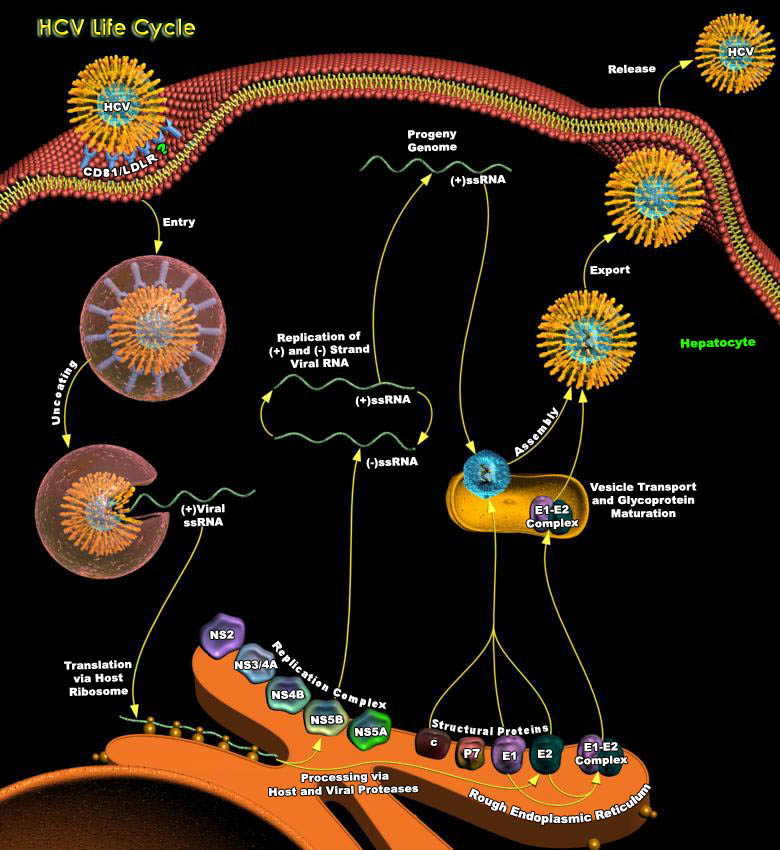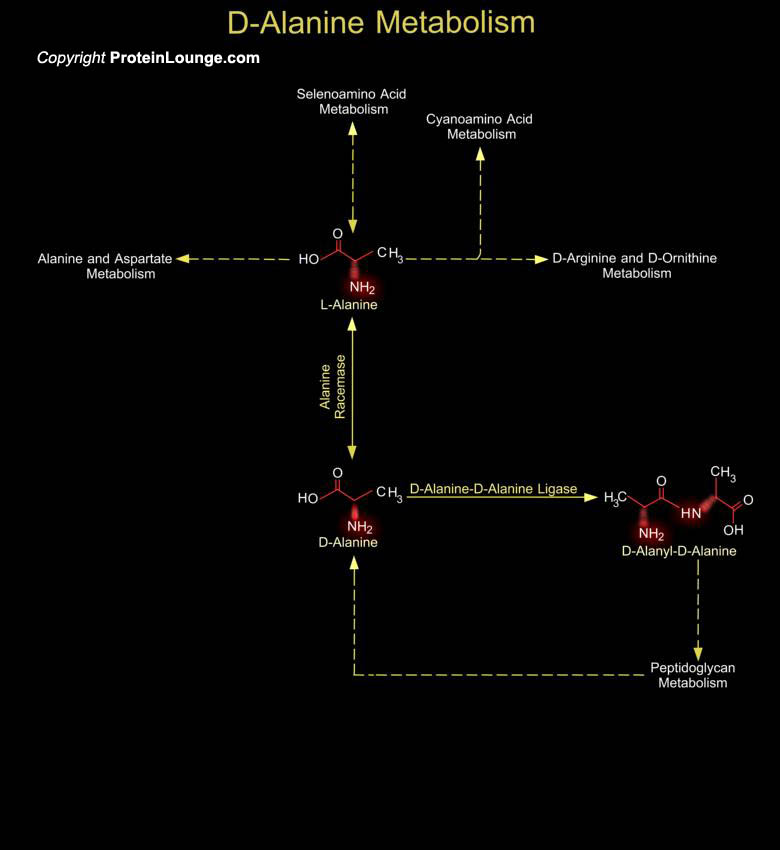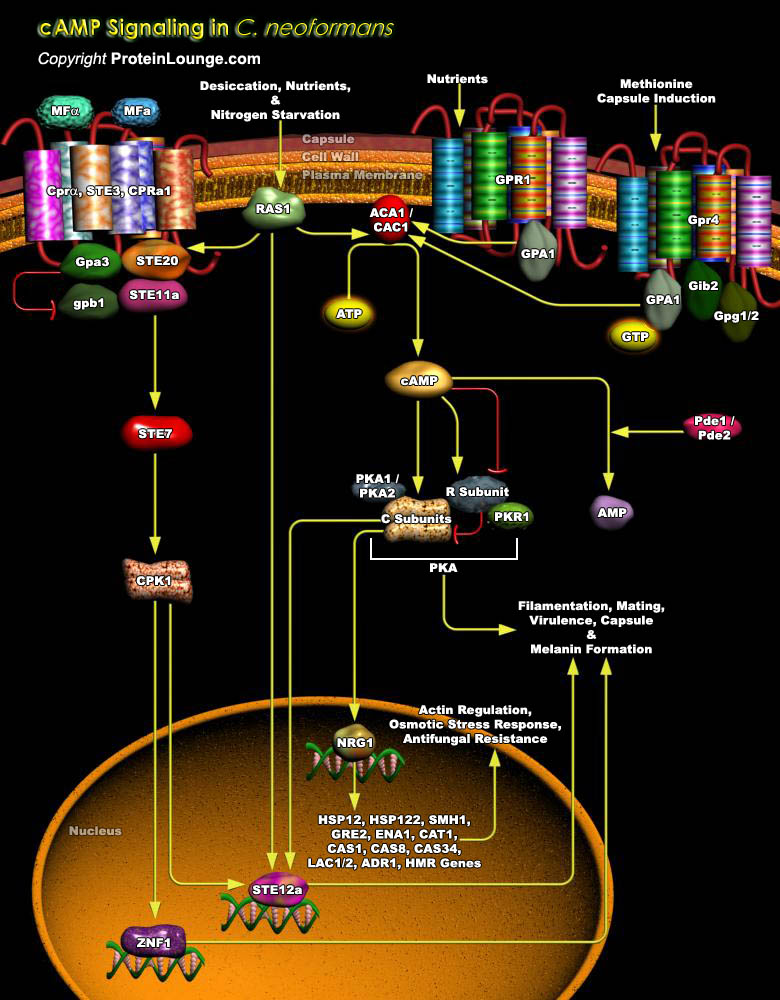Featured Pathways
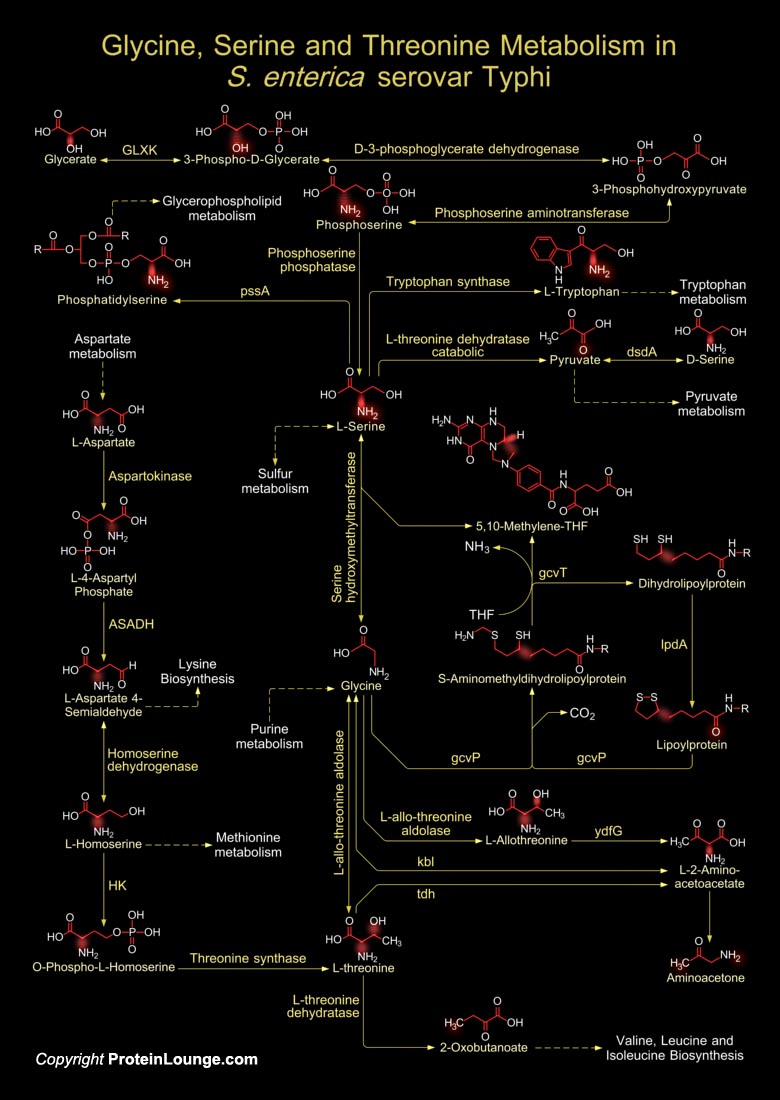
S. typhi (Salmonella typhi) or S. enterica serovar Typhi (Salmonella enterica serovar Typhi) is the aetiological agent of Typhoid fever, a serious invasive bacterial disease of humans. Many S. enterica serovars actively invade the mucosal surface of the intestine but are normally contained in healthy individuals by the local immune defence mechanisms.[..]
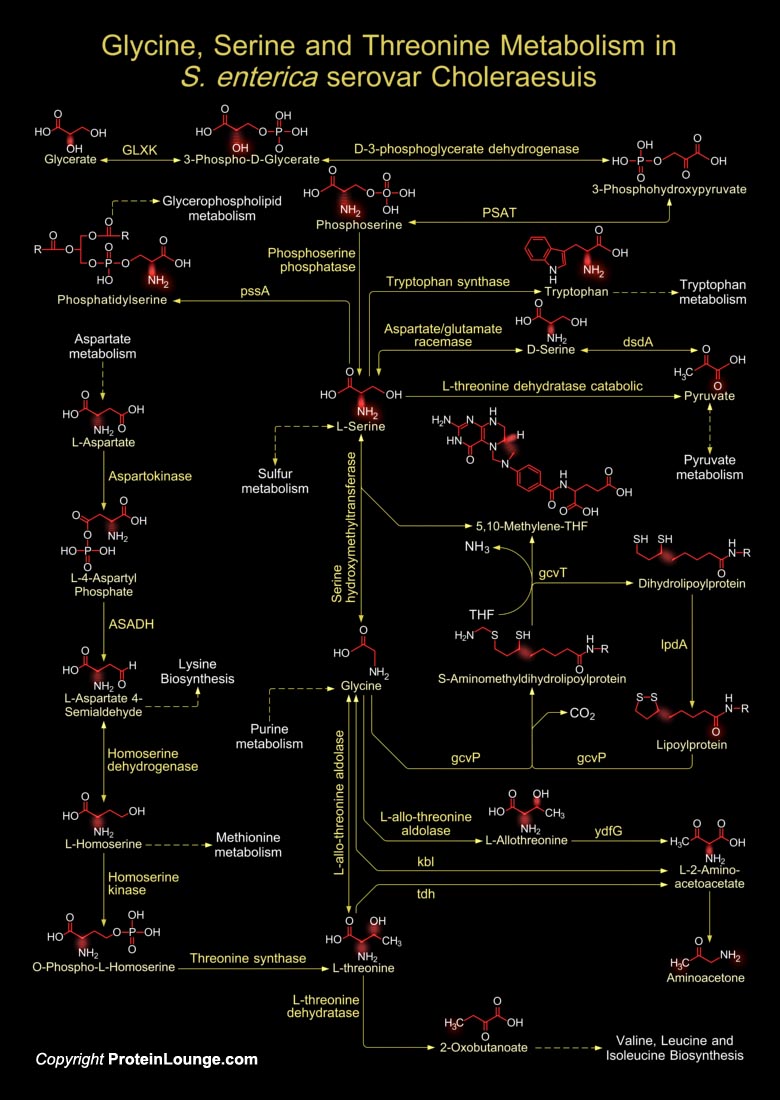
Salmonella are important pathogens in humans and animals. S. choleraesuis (Salmonella enterica serovar Choleraesuis) is a highly invasive serovar among non-typhoidal Salmonella and usually cause systemic human Salmonellosis without Diarrhea and septicemic Salmonellosis and Enterocolitis in pigs (Ref.1). S. choleraesuis infections are[..]
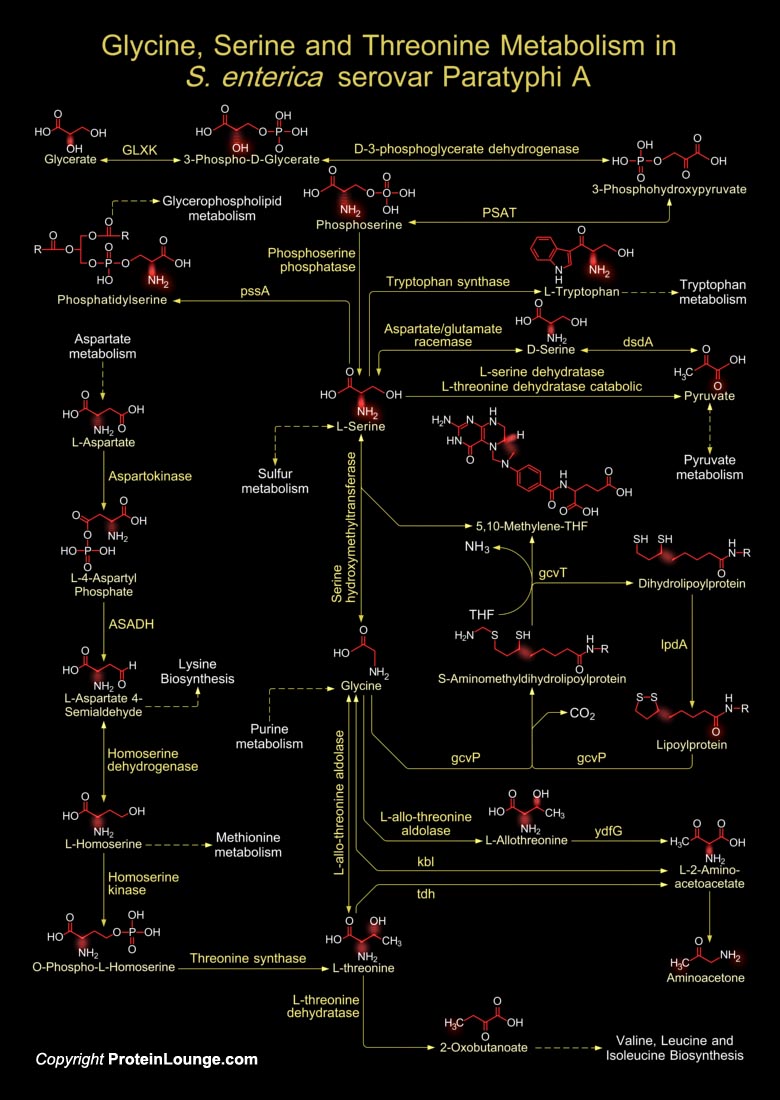
S. enterica (Salmonella enterica) serovars often have a broad host range and some cause both gastrointestinal and systemic disease. S. paratyphi (Salmonella paratyphi) is part of the Enterobacteriaceae family; it is a Gram-negative motile, aerobic rod which is facultatively anaerobic. The serovar Paratyphi A or S. enterica serovar Paratyphi A is[..]
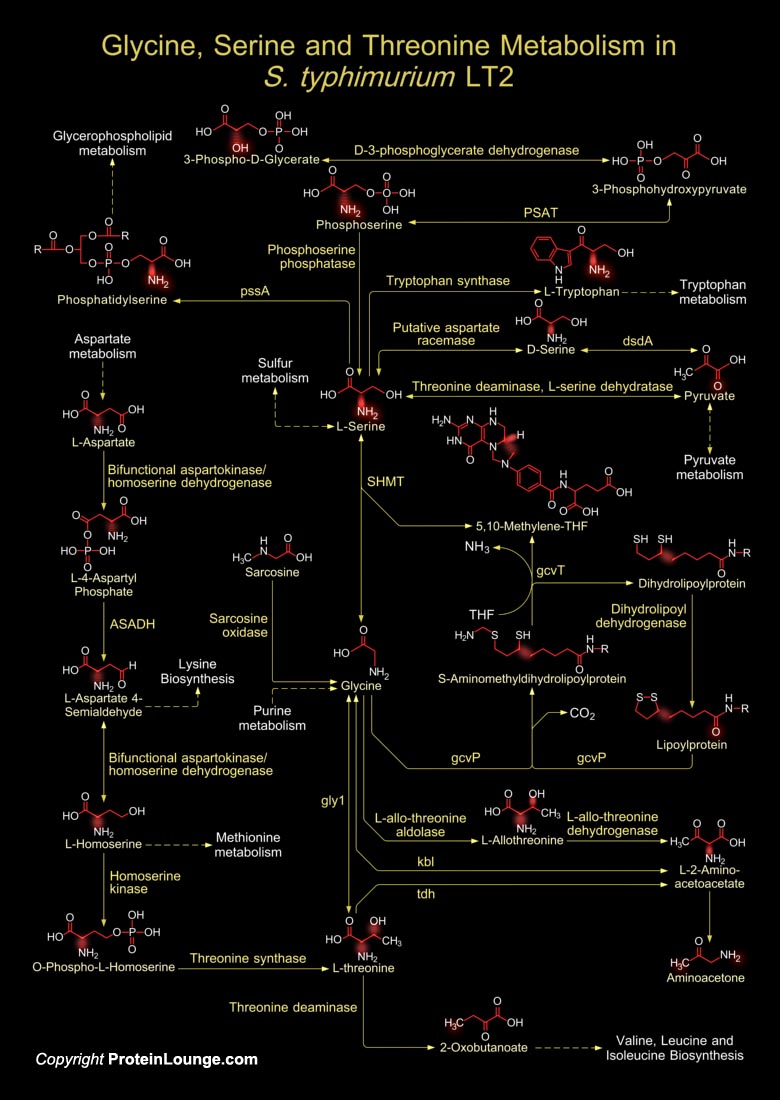
S. typhimurium (Salmonella enterica subspecies I, serovar Typhimurium), is a leading cause of human Gastroenteritis, and is used in mouse models of human Typhoid fever. The genus Salmonella comprises two species: S. enterica, which is subdivided into over 2,000 serovars, and S. bongori (Salmonella bongori). Some serovars of S.[..]
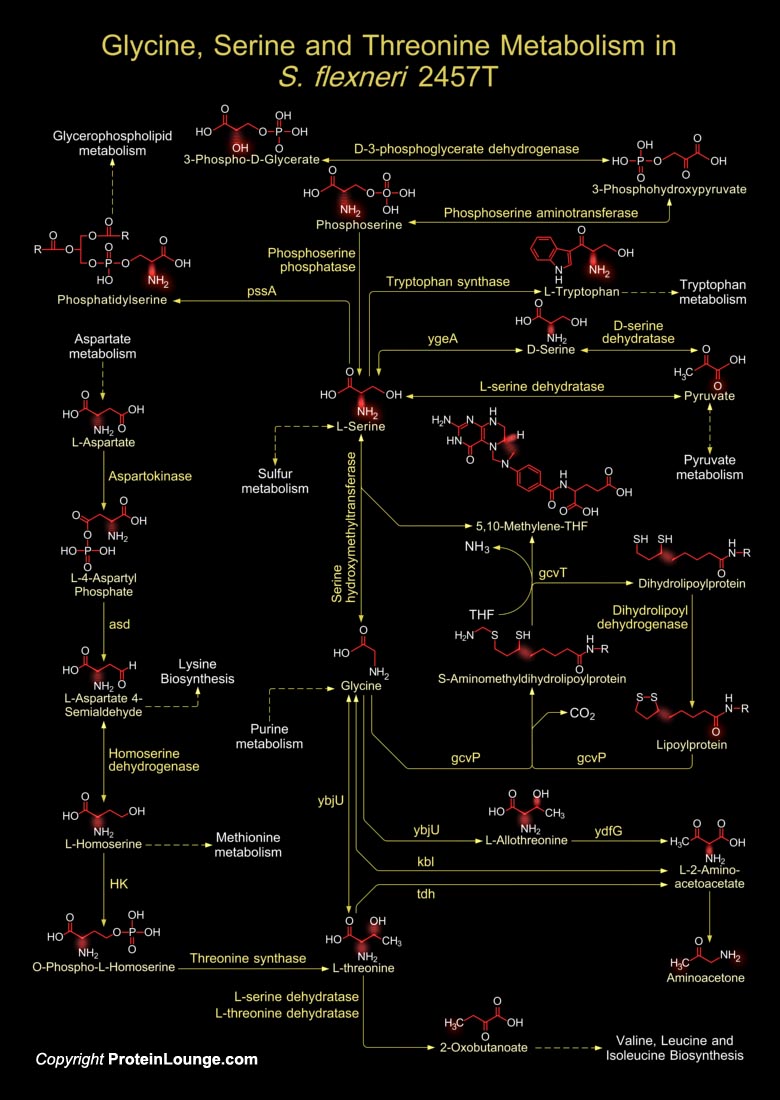
Shigella is pathogenic only for humans and the strains are unusual among enteric bacteria in their ability to gain access to the epithelial cell cytosol, where they replicate and spread directly into adjacent cells. It causes disease by invading the epithelium of the colon, resulting in an intense acute inflammatory response. Shigella species are Gram-negative,[..]
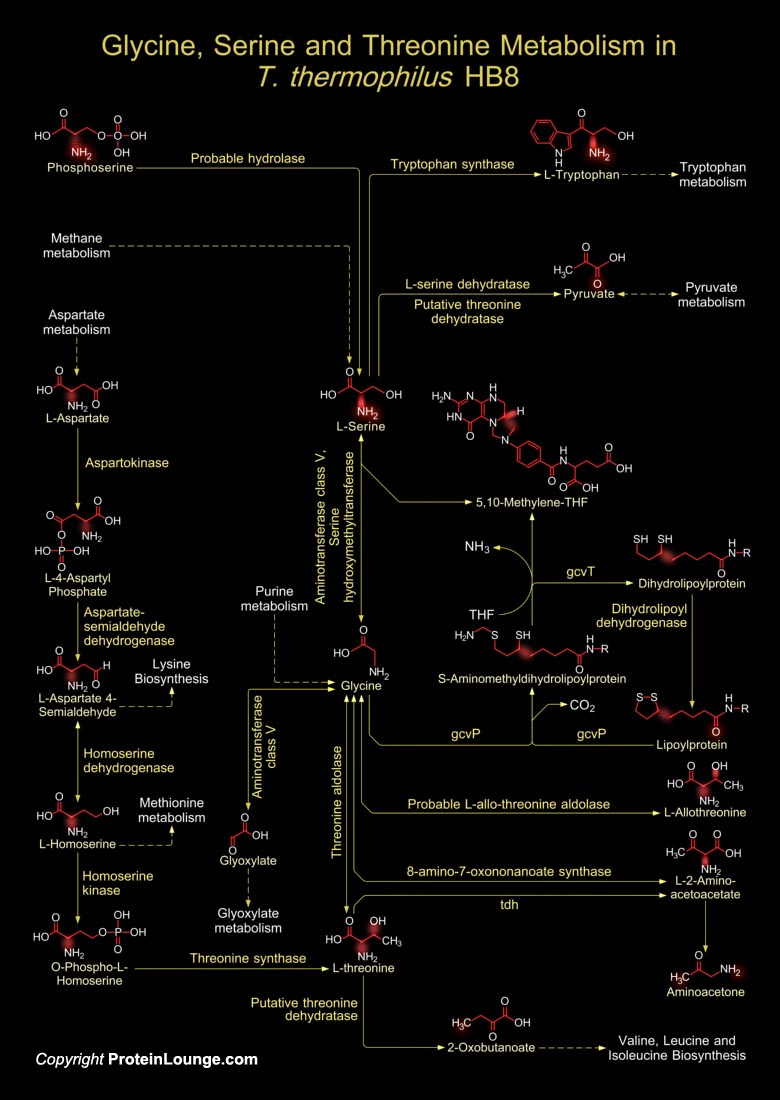
The organism T. thermophilus HB8 (Thermus thermophilus HB8) is a Gram-negative eubacterium that grows in a natural thermal environment with temperatures ranging from 50 to 82 degrees Centigrade. Unlike other extreme anaerobic thermophiles, the Thermus species are an exception, as they are strict aerobic chemorganotrophs. Although aerobic, T. thermophilus HB8[..]
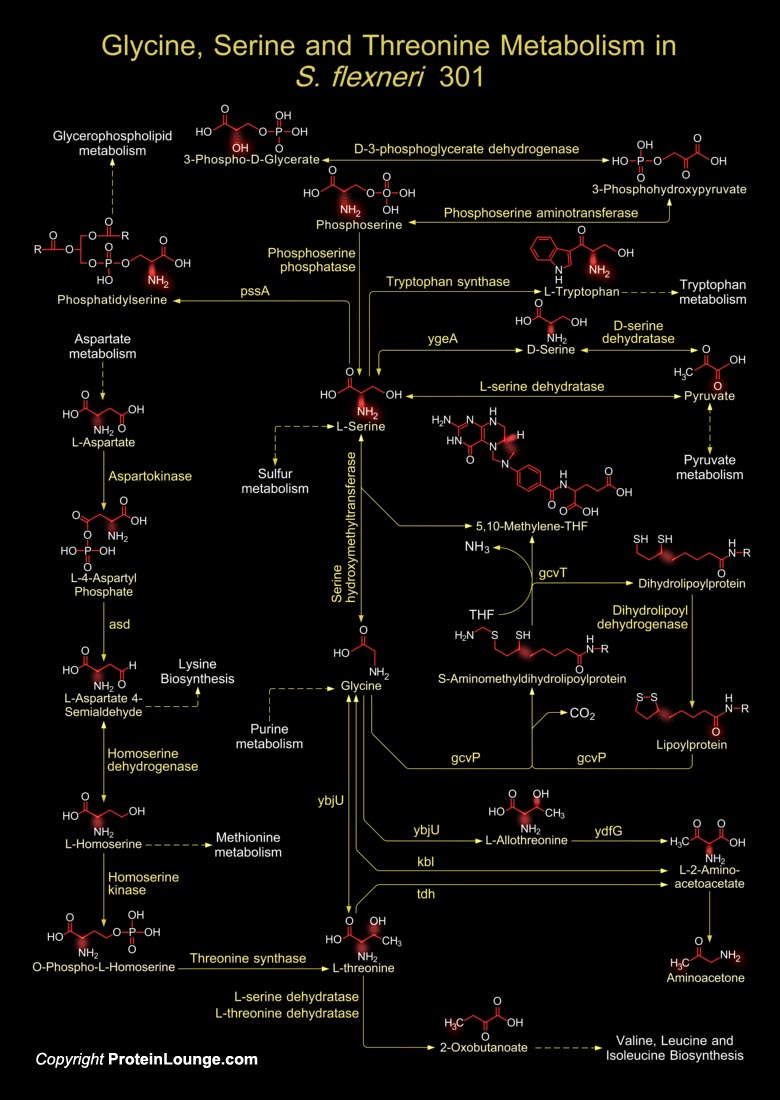
Shigella strains are unusual among enteric bacteria in their ability to gain access to the epithelial cell cytosol, where they replicate and spread directly into adjacent cells. These strains are pathogenic only for human. It invades the epithelium of the colon, resulting in an intense acute inflammatory response. The S. flexneri (Shigella flexneri) serotype 2a is[..]
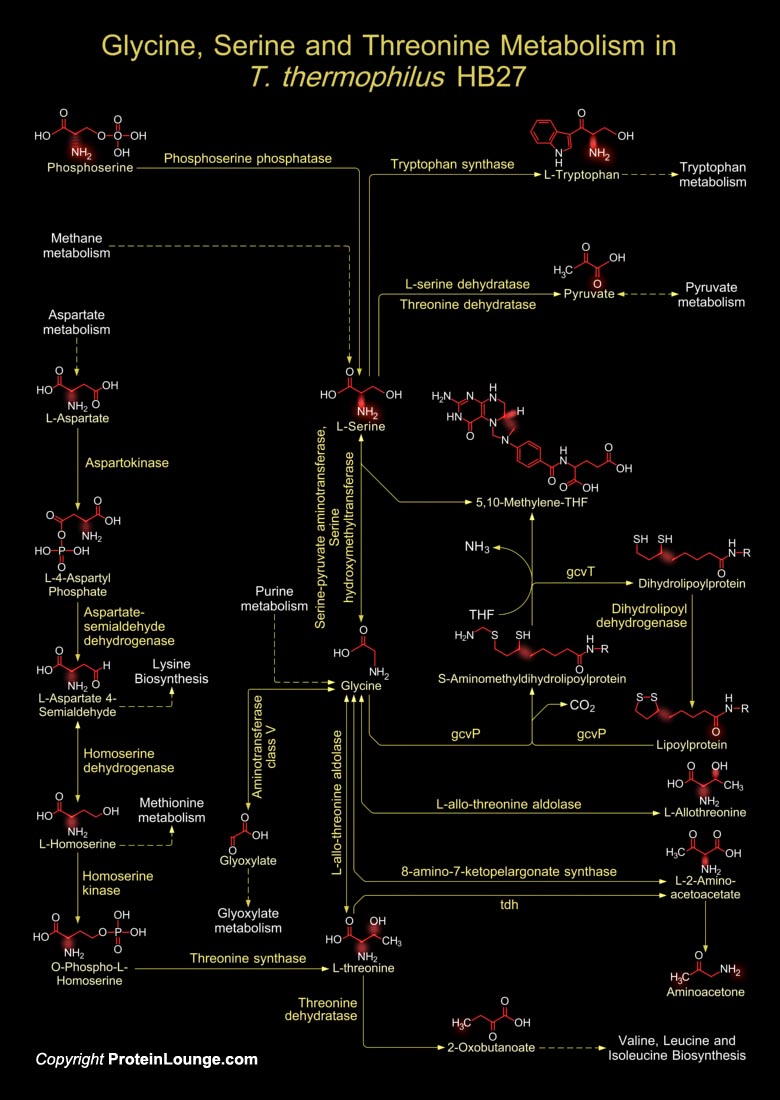
T. thermophilus (Thermus thermophilus) is a Gram-negative, aerobic eubacterium which grows at temperatures ranging from 50 to 82 degrees Centigrade. The organism, T. thermophilus strain HB27 grows in a natural thermal environment with an optimal growth at 68 degrees Centigrade and pH 7.0. Most extreme thermophiles that live in geothermal environments are strict[..]
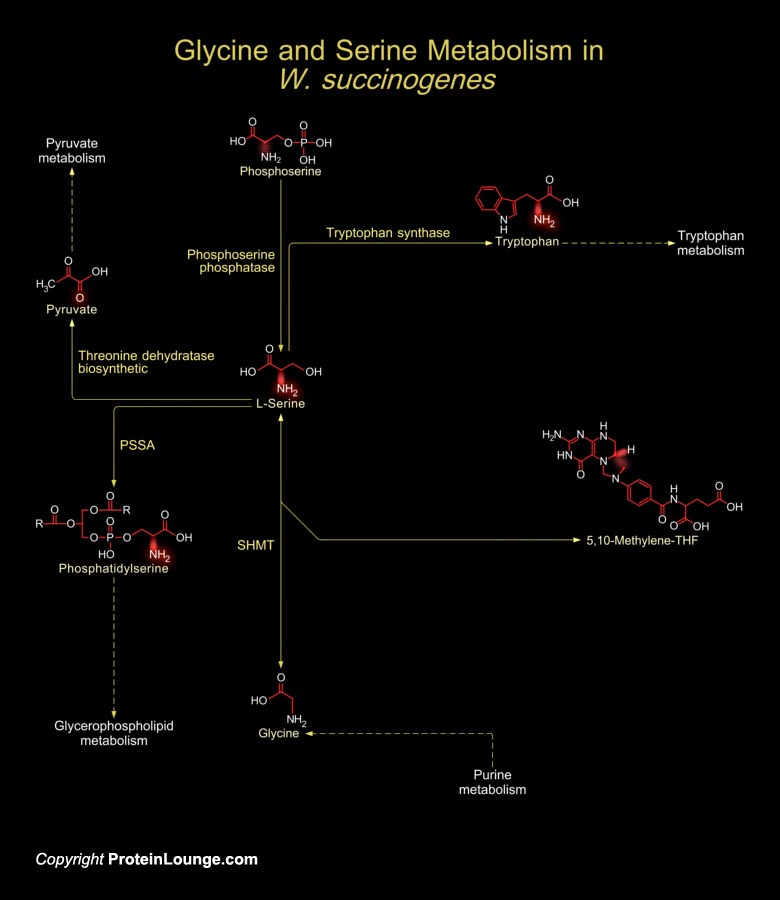
W. succinogenes (Wolinella succinogenes) is a non-fermenting bacterium that grows anaerobically. It is rod-shaped bacteria with monotrichous flagellation and the insertion of the flagellar motor is into the pole of the cell. W. succinogenes resides in the bovine rumen, the human gingival sulcus, and dental root canal infections. W. succinogenes, is closely related to[..]
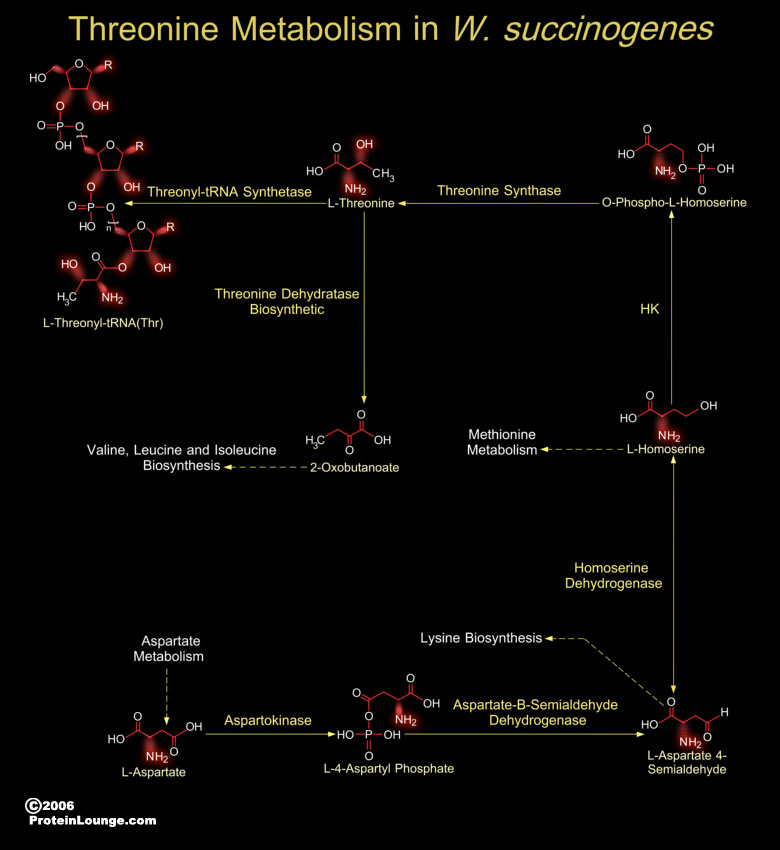
W. succinogenes (Wolinella succinogenes) is a non-fermenting bacterium that grows anaerobically. It is rod-shaped bacteria with monotrichous flagellation and the insertion of the flagellar motor is into the pole of the cell. W. succinogenes resides in the bovine rumen, the human gingival sulcus, and dental root canal infections. W. succinogenes, is closely[..]
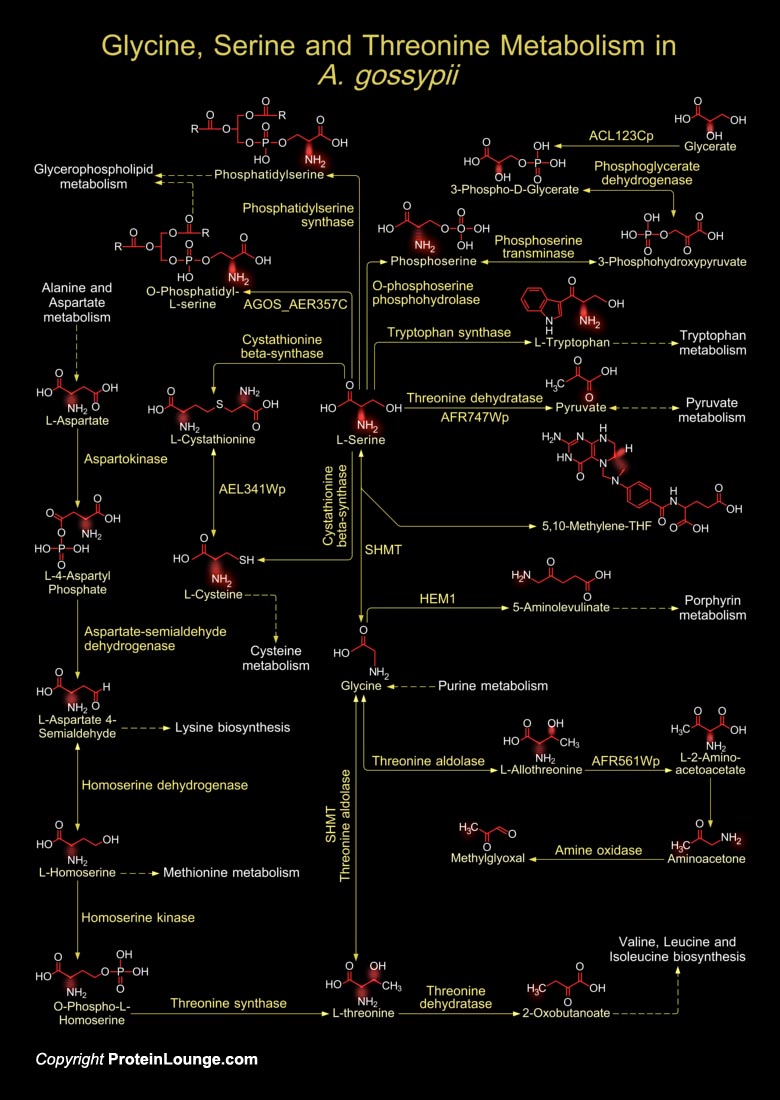
The yeast A. gossypii (Ashbya gossypii), also known as E. gossypii (Eremothecium gossypii), is a free-living hemiascomycete that utililizes amino acid metabolisms to obtain its nitrogen source. For such reason the metabolism of Glycine, Serine and Threonine is essential for the survival of A. gossypii. Yeast physiology can be either obligately[..]
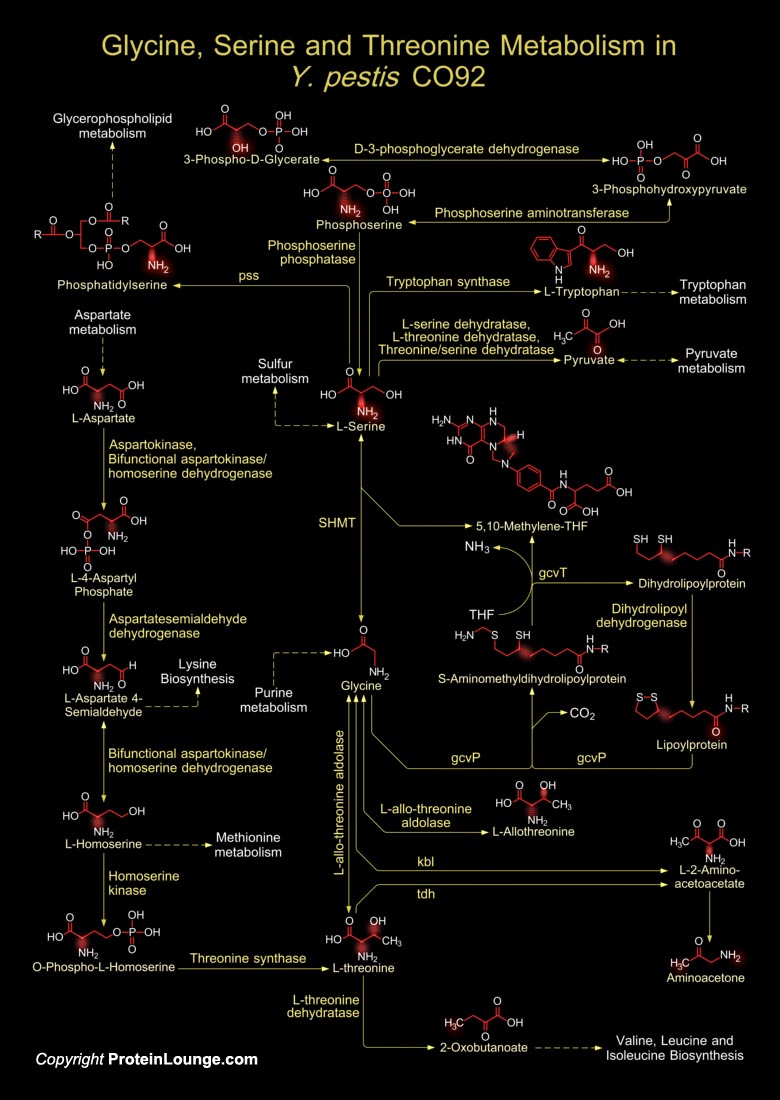
Y. pestis (Yersinia pestis), the Gram-negative Coccobacillus belonging to the Enterobacteriaceae is the causative agent of Plague and is arguably the deadliest pathogen in history. It is one of several agents likely to be used as a biological weapon in a bioterrorism event. Yersinia sp. is responsible for disease syndromes ranging from Gastroenteritis to Plague.[..]










